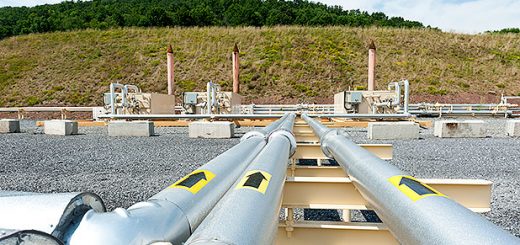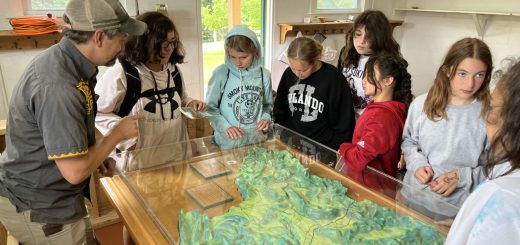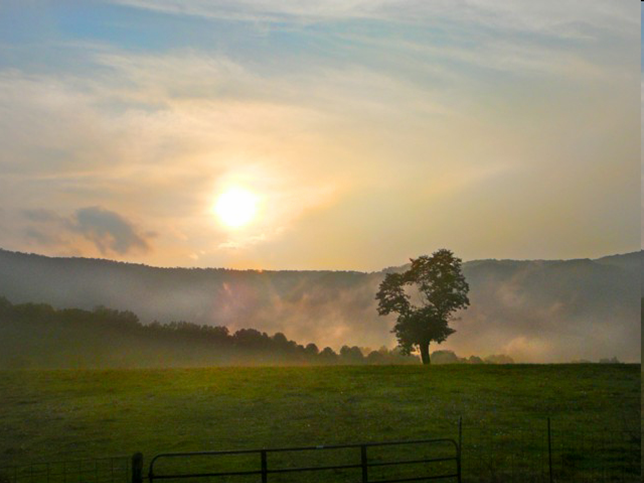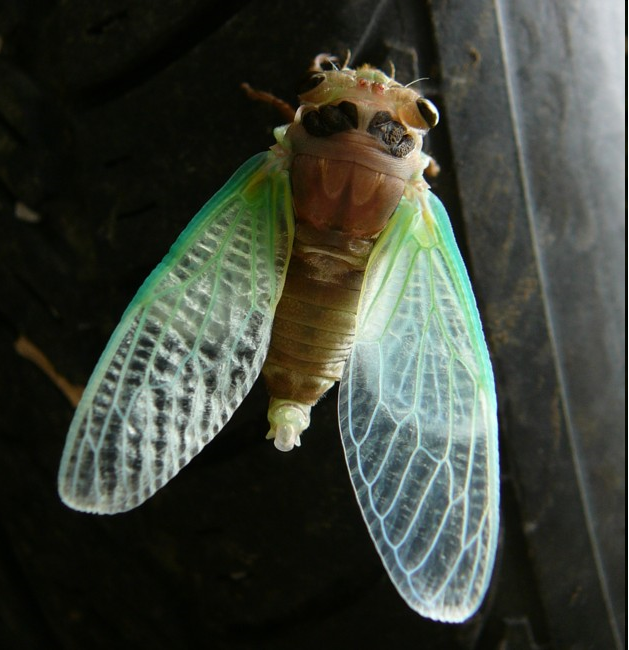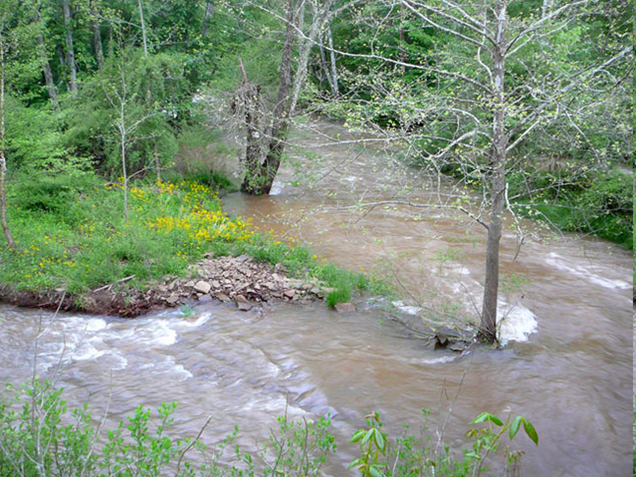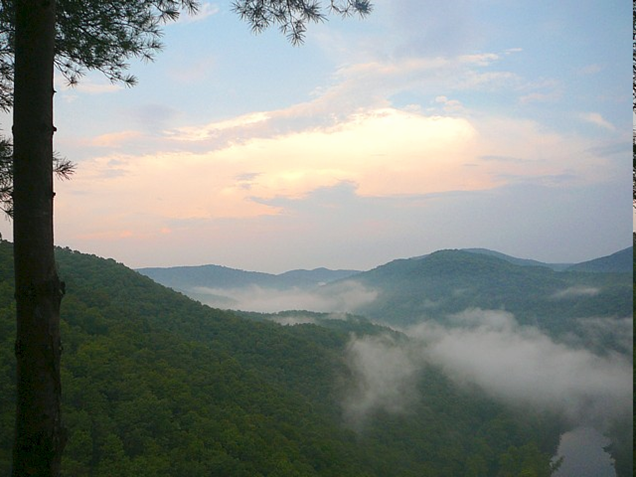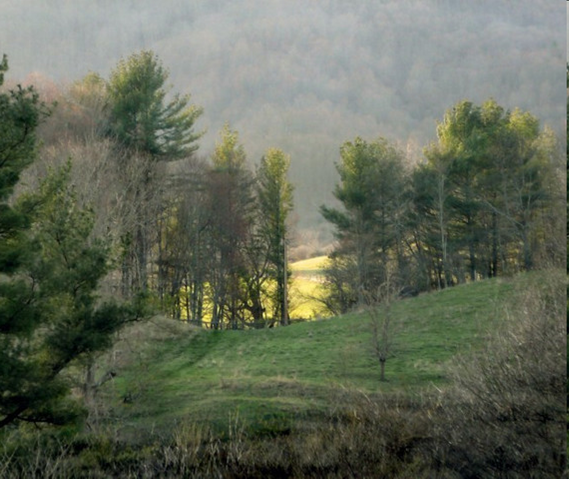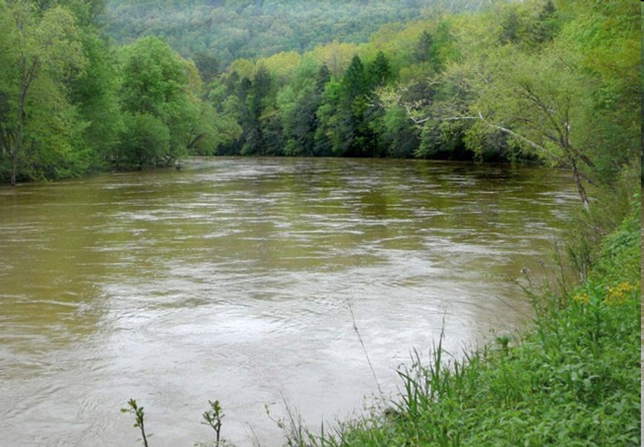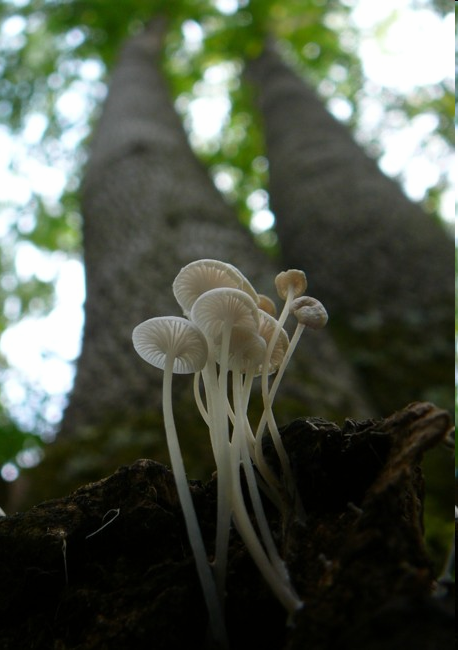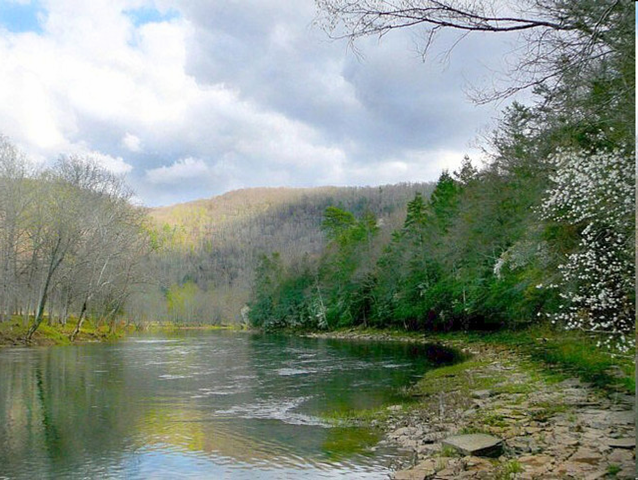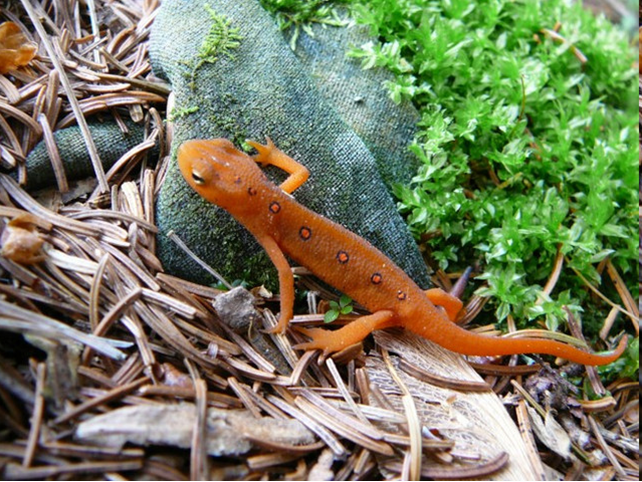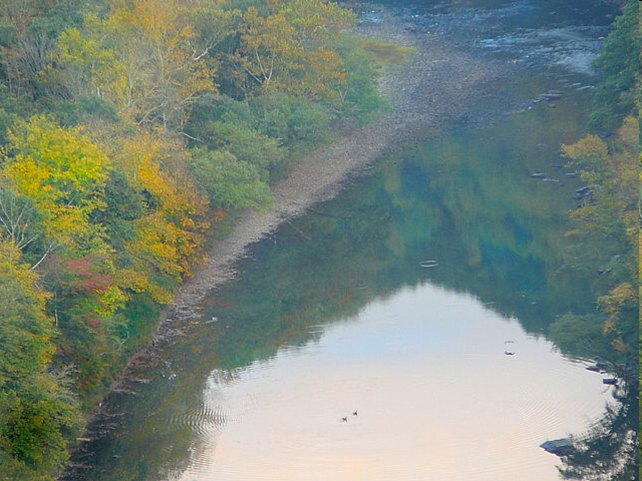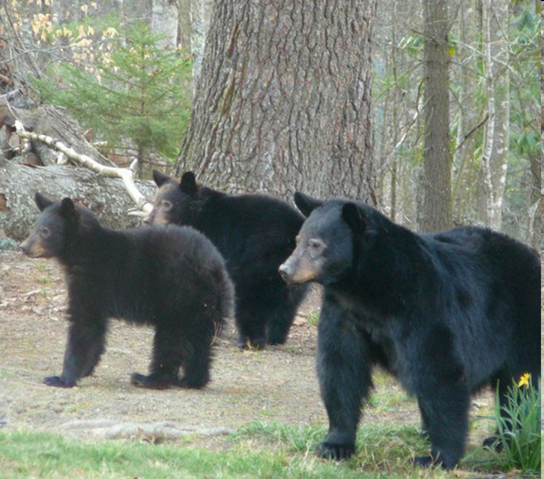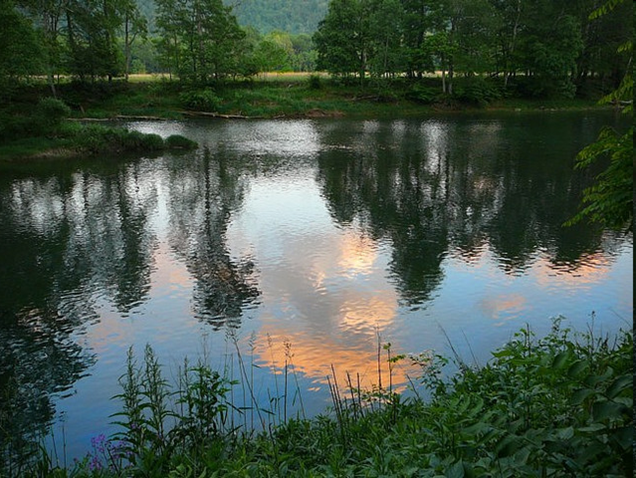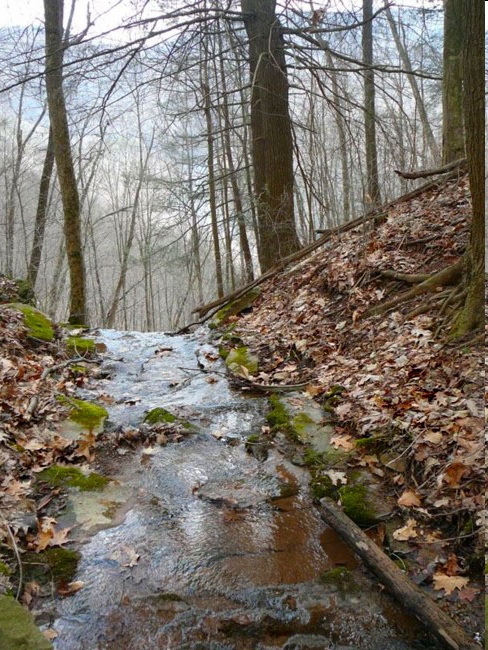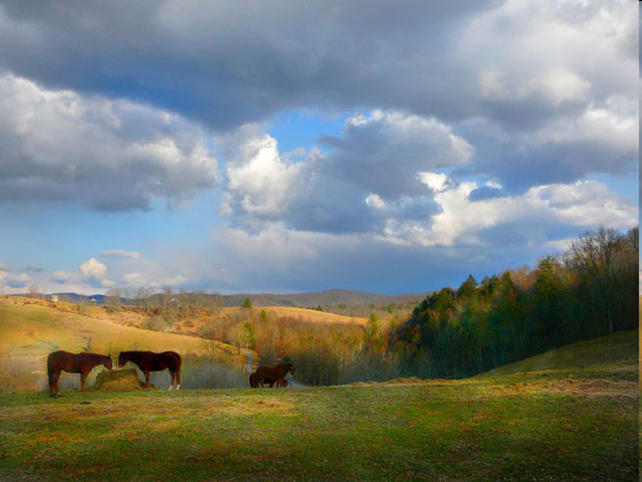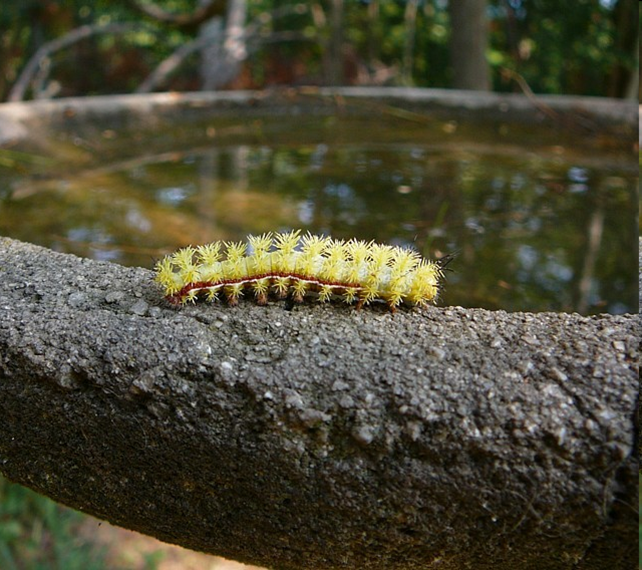Gas Pipelines: Harming Clean Water, People, and the Planet
| Amy Mall, May 24, 2021, Natural Resource Defense Council (NRDC) Amy Mall has worked in NRDC’s Land & Wildlife program since 2001. (This post has been edited for length. See full story HERE.) Oil and gas pipelines crisscross the United States, and new ones are still being built. It would take volumes to document all the dangers they pose to people, nature, and the planet, but here’s a start: greenhouse gas emissions, violations of indigenous treaty rights and sovereignty, destruction of endangered species habitat, taking of private property without public benefit, contamination of drinking water sources and streams and rivers, ruination of farms and landscapes, deaths and injuries from explosions, damage to wild ecosystems, and environmental injustice. The International Energy Agency has called for an immediate end to new investments in fossil fuel pipelines. With all the cleaner alternatives available, the only benefit of new pipelines is to increase the corporate profits of pipeline owners. Yet while the potential for harm is well known, government agencies keep rubber-stamping permits. FERC has approved dozens of new interstate gas pipelines over the past five years. Here are examples of the worst offenses associated with some of them (stay tuned for more on oil): Mariner East 2 pipeline travels 350 miles from Ohio and West Virginia through Pennsylvania. A gas liquids pipeline developed by Energy Transfer Partners (ETP), its construction led to contamination of drinking water sources for dozens of families and farms along the pipeline route. It’s also responsible for 320 spills between 2017 and 2020, reportedly releasing into the environment up to 405,990 gallons of drilling fluid, with more than 260,000 gallons spilled illegally into Pennsylvania waterways. One spill last August released more than 8,000 gallons of drilling fluids into a wetland and stream system that drains into Marsh Creek Lake, a drinking water reservoir near Philadelphia. Building the pipeline has also caused dozens of sinkholes, reportedly endangering some homes and damaging others . Also an ETP project, Rover is a 713-mile gas pipeline that travels from West Virginia, through Pennsylvania and Ohio, to Michigan. It’s reported that the company “racked up more than 800 state and federal permit violations while racing to build two of the nation’s largest natural gas pipelines.” One spill alone was more than 2 million gallons . The Federal Energy Regulatory Commission (FERC) denied Rover a so-called “blanket certificate”—the authority to conduct routine construction activities without first seeking permission from FERC—precisely because it concluded Rover “could not be relied upon to comply with the environmental regulations required for all blanket certificate projects.” The full life cycle greenhouse gas emissions generated by the project are estimated to be 145 million metric tons . And FERC recently proposed a $20 million fine for Rover because it allegedly destroyed a historic Ohio property without notifying authorities or obtaining permission. Another one of ETP’s greatest hits, the Revolution Pipeline in Pennsylvania is only 40 miles long but in that short distance has caused significant damage. A 2018 explosion on this pipeline destroyed a home and resulted in a civil penalty of $30.6 million. Fortunately, no people were hurt. The Pennsylvania Department of Environmental Protection also determined that Revolution pipeline destroyed at least 23 streams and 17 wetlands and damaged another 120 streams 70 wetlands. There are hundreds of additional allegations related to this project. Still under construction, Mountain Valley Pipeline would stretch from West Virginia across the Appalachian Mountains to Virginia. It’s a joint venture of EQM Midstream Partners, NextEra Energy, Con Edison Transmission, AltaGas Ltd., and RGC Midstream. With hundreds of planned water crossings, MVP has already agreed to pay more than $2 million in penalties for more than 350 water quality violations cited by Virginia and West Virginia , and it’s not even close to being completed. No other large pipeline has ever been approved across this many miles of steep slopes and high landslide risk areas—more than 200 miles of “high landslide susceptibility.” Steeper slopes typically mean greater threats to clean rivers and streams as well as increased risks of explosions . The full life cycle greenhouse gas emissions that the project would generate if fully utilized are estimated at almost 90 million metric tons a year—the equivalent of 23 average U.S. coal plants or over 19 million passenger vehicles. MVP faces numerous lawsuits alleging violations of our bedrock environmental laws, including the Endangered Species Act, the Clean Water Act, and the National Environmental Policy Act. One more example is the Permian Highway, a 430-mile Kinder Morgan project in Texas. Last year, an accident caused about 36,000 gallons of drilling fluid to spill, contaminating groundwater that local families use as their sole source of drinking water. Residents reported their water looked like chocolate milk and had high levels of lead and other heavy metals. It’s clear that gas pipelines across the country are leaving trails of environmental destruction and injustice in their path, much of it predicted in comments provided by the public. Yet time after time they’ve received rubber-stamp permits without the thorough, scientific analysis needed to determine if they are even needed, what the full environmental costs will be, and whether there are cleaner and cheaper alternatives. It’s not rocket science to conclude that our future shouldn’t be built around new pipelines. We’ve known for a while that there’s no energy need for more gas pipeline capacity . We also know that there are better alternatives for our communities, our water, and our planet. It’s time to stop new pipelines and reverse anti-environmental decisions under the Trump administration that allowed others to move ahead. |


